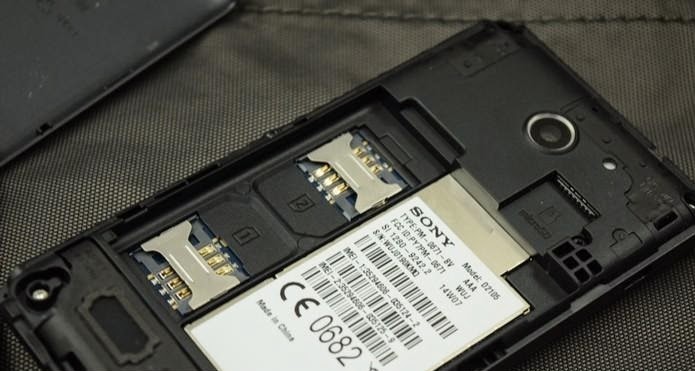For the desert city-state that has the tallest building in the world, as well as the biggest flower garden and largest aquarium on the planet, plus islands shaped like palm trees, buildings in the shape of sails, and an entire archipelago shaped like the world itself, there was only one obvious next step: building an entire city indoors.
Unveiled this week, the Mall of the World is a vision for a climate-controlled leisure district, a place of hotels and shops, entertainment and healthcare, all connected by hermetically sealed avenues – 7km of them – along which trams will trundle.
Launched with a fanfare by the emirate's ruler, Sheikh Mohammed bin Rashid al Maktoum, it is the first state-sponsored mega-project to emerge from Dubai since the light-headed days of the pre-crash bubble, when anything seemed possible, drunk on the tidal wave of petrodollars. After years of stalled cranes, sinking islands and litigious wrangling, the big plans are back – and they are more ambitious than ever before.
"We plan to transform Dubai into a cultural, tourist and economic hub for the two billion people living in the region around us,"
said Sheikh Mohammed as he launched the project in front of a sparkling model of the 48 million sq ft (4.5 million sq m) complex. "And we are determined to achieve our vision."
A kind of pick'n'mix urban collage, the project samples bits of cities from around the world with gay abandon. There will be a "celebration walk" modelled on Barcelona's Las Ramblas, a bustling billboard-lined theatre district modelled on New York's Broadway, and a shopping area based on London's Oxford Street – all sealed under snaking bubble rooftops.
There will be 20,000 hotel rooms and enough parking for 50,000 vehicles, servicing the largest shopping mall in the world, at 8 million sq ft (750,000 sq m).
The centrepiece will be a vast "cultural celebration centre," shaped like a disco ball sliced in half and hollowed out to form a glittering backdrop to an outdoor amphitheatre. It will lead, via a triumphal covered avenue lined with spear-like towers, to a retractable glass
dome worthy of Kubla Khan, beneath which will sprawl the "largest indoor theme park in the world." A place of fairytale castles and tumbling waterfalls, it will be protected from the blistering 40C heat in summer like the rest of the complex, and open up in winter to enjoy the balmy climate.
"Our ambitions are higher than having seasonal tourism," said Sheikh Mohammed. "Tourism is a key driver of our economy, and we aim to make the UAE an attractive destination all year long. This is why we will start working on providing pleasant temperature-controlled environments during the summer months."
The project also seeks to capitalise on the Gulf's booming industry of healthcare tourism, with a 3 million sq ft (280,000 sq m) "wellness district," so you can shop till you drop, then pop in for a quick facelift. It follows the success of
Dubai Healthcare City, a free economic zone home to 120 clinics and hospitals, at the centre of the state's plan to attract 500,000 medical tourists by 2020.
No timeframe or budget has yet been announced for the Mall of the World, but Dubai Holding, the state-owned development company behind the project, hopes it will be the emirate's main focus at the UAE World Expo trade fair in 2020. Dubai Holding is no stranger to dreaming big – but it hasn't always had an easy ride. Back in 2003, the company launched an ambitious plan for
Dubailand, a gargantuan $64bn (£37bn) leisure district, planned to cover an area of 278 sq km, making it three times bigger than Walt Disney World. Slated to house 200 attractions, from a giant Legoland to a Marvel superheroes theme park, it was put on hold in 2008 – although cranes are once again moving and the first phase, the Miracle Garden, opened last year.
With a recent
Deloitte report suggesting that $12bn of the UAE's stalled construction projects are back on track, spurred on by the new deadline of the 2020 Expo, Sheikh Mohammed's stately pleasure-dome might be more than just a mirage in the desert.














.jpg)




.jpg)



















